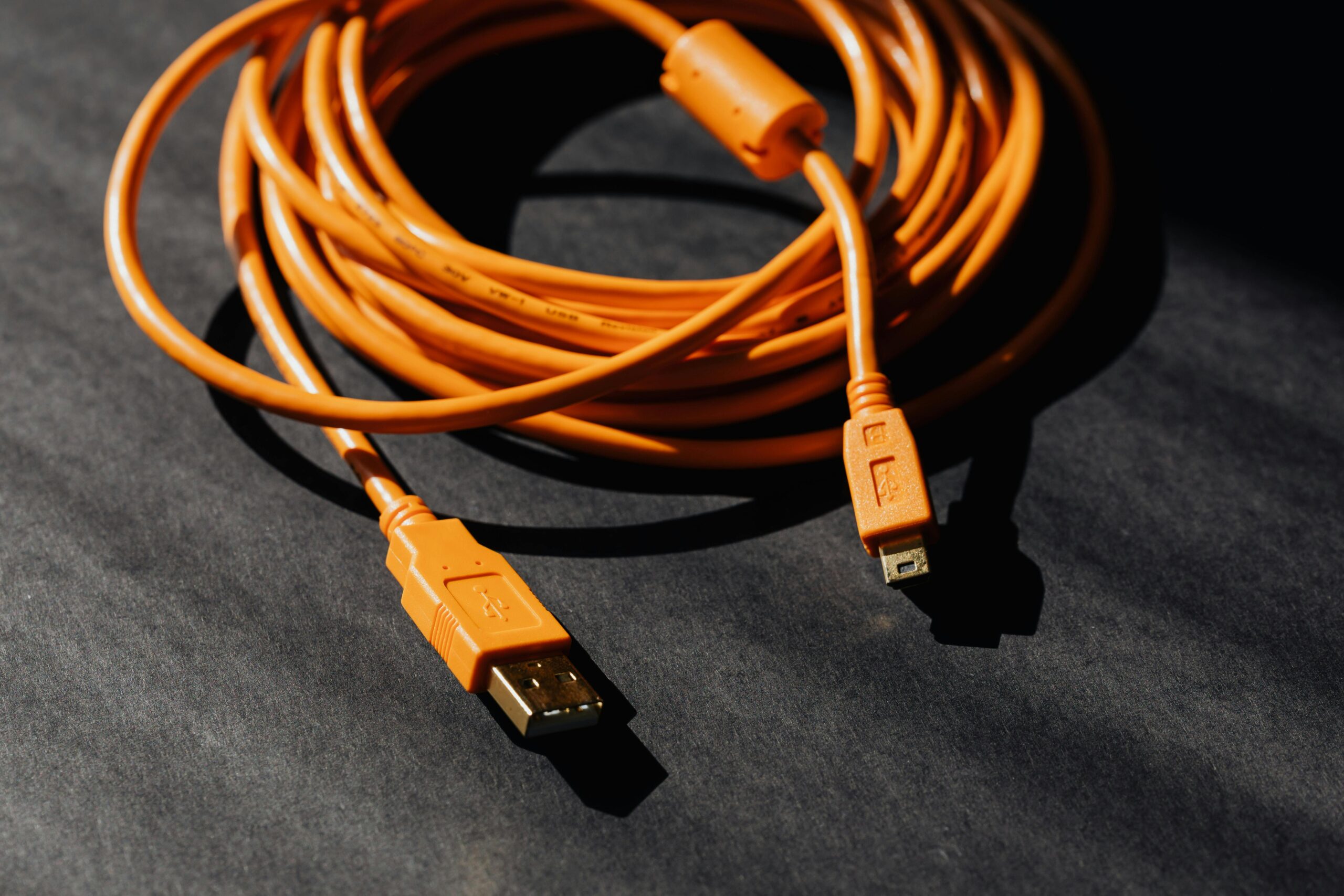Discovering the right battery for your needs can be quite the adventure, and it’s essential to understand the potential drawbacks before making a choice. In the article “What Are The Disadvantages Of LFP Batteries?”, you will delve into the unique challenges presented by Lithium Iron Phosphate (LFP) batteries. From their lower energy density compared to other lithium-ion batteries to their potential performance issues in cold weather, this piece provides an in-depth look at why LFP batteries might not always be the perfect fit for every application.
What Are The Disadvantages Of LFP Batteries?
Have you ever wondered about the downsides of using Lithium Iron Phosphate (LFP) batteries? While these batteries are often praised for their longevity, safety, and performance, it’s crucial to understand that they aren’t without their drawbacks. Let’s dive in and explore the various disadvantages of LFP batteries. This knowledge will arm you with the information you need to make an informed decision, whether you’re considering these batteries for your electric vehicle, renewable energy system, or any other application.
Lower Energy Density
One of the primary disadvantages of LFP batteries is their lower energy density compared to other lithium-ion chemistries.
Impact on Size and Weight
Lower energy density means that LFP batteries store less energy per unit of volume or weight. If you’re using these batteries in applications where space and weight are critical, this can be a significant drawback. This is especially true in the automotive and aerospace industries, where every kilogram counts.
| Parameter | LFP Battery | NMC Battery |
|---|---|---|
| Energy Density | 90-160 Wh/kg | 150-200 Wh/kg |
Effect on Performance
The lower energy density also impacts the battery’s overall performance. For instance, if you’re considering LFP batteries for an electric vehicle, you might find that the range is shorter compared to vehicles equipped with higher energy density batteries like Nickel Manganese Cobalt (NMC).
Cost Considerations
Even though LFP batteries are known for their longevity and safety, their initial cost can be higher compared to other types of batteries.
Higher Upfront Costs
The manufacturing process for LFP batteries can be more expensive. The materials involved, such as iron phosphate, may be cheaper, but the complexity of the production process can drive up costs. Therefore, the initial investment required for LFP batteries can be a barrier for many potential users.
| Cost Factor | LFP Battery | NMC Battery |
|---|---|---|
| Initial Cost | Higher | Lower |
| Total Cost of Ownership | Competitive | Varies |
Availability and Supply Chain
The supply chain for LFP batteries is not as well-established as it is for other types of lithium-ion batteries. This can lead to higher costs and longer lead times, particularly for bulk orders.

Temperature Sensitivity
LFP batteries are more sensitive to temperature variations, which can impact their performance and lifespan.
Performance in Cold Weather
In colder climates, the performance of LFP batteries can degrade. They are less efficient in low temperatures, which can be a significant drawback for users in regions with harsh winters. For example, electric vehicles using LFP batteries might experience a reduced driving range in cold conditions.
| Climate Condition | LFP Battery Performance |
|---|---|
| Cold Weather ( |

